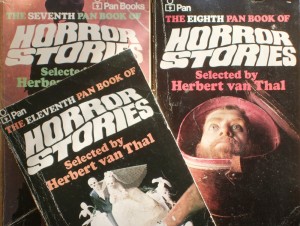 From 1958 onwards, paperback house Pan published a regular anthology of short stories of the macabre: spine-chilling tales of uncanny terror, subtle beastliness, eldritch nightmare, Grand Guignol and other adjectives only ever used to describe fruity horror of a certain vintage. For three generations of children, it was a grisly winner. The stories, ranging from a couple of pages to several chapters, were selected by the perfectly-named Herbert van Thal, who beckoned the reader in with foreboding entreaties on the back cover: ‘We feel that the stories in this book are such that if your nerves are not of the strongest, then it is wise to read them in daylight.’ Or, Mr van Thal neglected to add, retold in school playgrounds with added wide-eyed spooky mugging and judiciously placed ‘mwah-ha-ha-haaaa!’s by ‘flamboyant’ pre-teen boys the nation over. The oral tradition of storytelling was well-served by these tatty black paperbacks.
From 1958 onwards, paperback house Pan published a regular anthology of short stories of the macabre: spine-chilling tales of uncanny terror, subtle beastliness, eldritch nightmare, Grand Guignol and other adjectives only ever used to describe fruity horror of a certain vintage. For three generations of children, it was a grisly winner. The stories, ranging from a couple of pages to several chapters, were selected by the perfectly-named Herbert van Thal, who beckoned the reader in with foreboding entreaties on the back cover: ‘We feel that the stories in this book are such that if your nerves are not of the strongest, then it is wise to read them in daylight.’ Or, Mr van Thal neglected to add, retold in school playgrounds with added wide-eyed spooky mugging and judiciously placed ‘mwah-ha-ha-haaaa!’s by ‘flamboyant’ pre-teen boys the nation over. The oral tradition of storytelling was well-served by these tatty black paperbacks.
Many of the tales were disturbing indeed. Favourite subjects were grotesque creatures found in eerily empty Edwardian houses, brilliant surgeons taking revenge on unfaithful lovers as only they knew how, immobilised men being slowly devoured by swarms of rats, and best of all, lovingly-described scenes of methodical dismemberment, preferably carried out by innocent young children. The writing was often of a high calibre – as well as genre stalwarts such as R Chetwynd-Hayes and Nigel Kneale, the likes of Patricia Highsmith, Muriel Spark, and even John Lennon contributed unholy offerings of nameless dread to leave sleep cowering in the halls of terror.
With their distinctive covers depicting the remains of some unfortunate victim, and their ghostly wobbly font, the books provided the ideal literary counterpart to spooky TV programmes like Armchair Thriller and Hammer House of Horror. With the advent of the video nasty, however, the spooky schoolboy samizdat network which had kept the books in such good business moved on to more graphic prurient kicks, and the anthology’s popularity started to wane. After van Thal’s death in 1983 the series limped on with derivative unpleasantness largely written by hacks (oh, and Stephen King), before finally resting in peace in 1988.


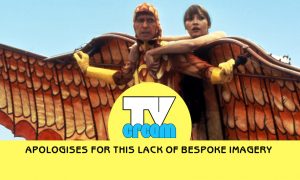



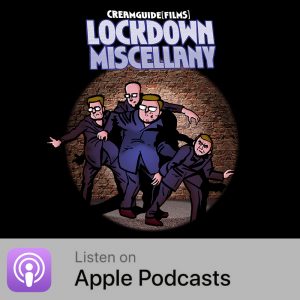
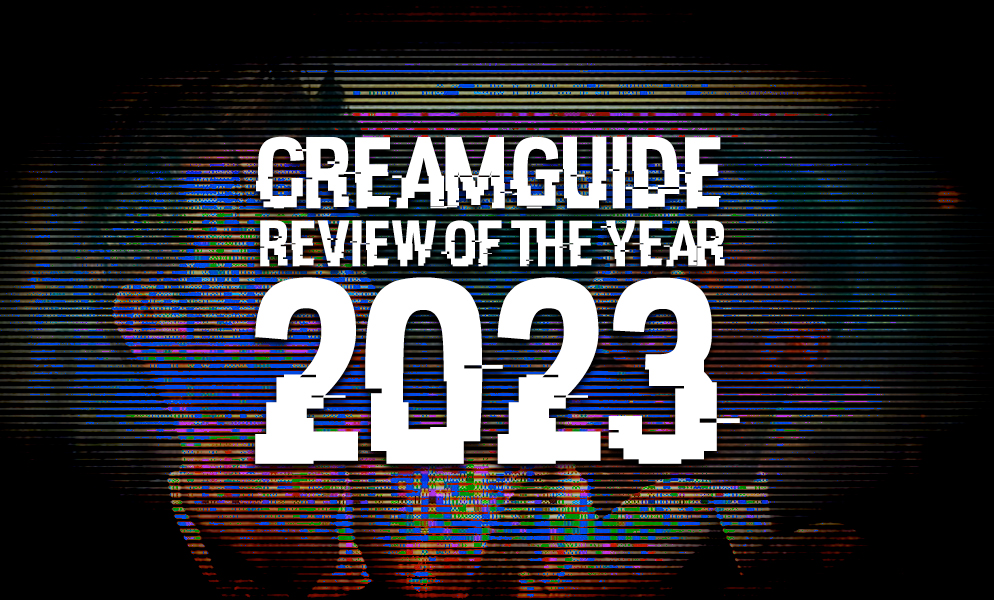
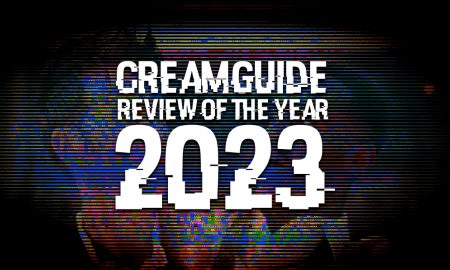
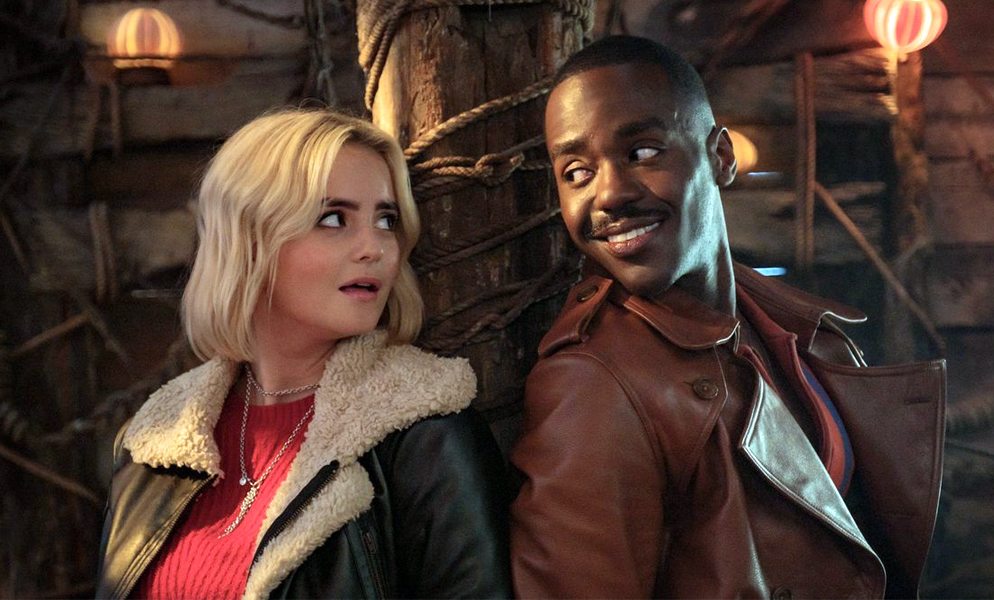
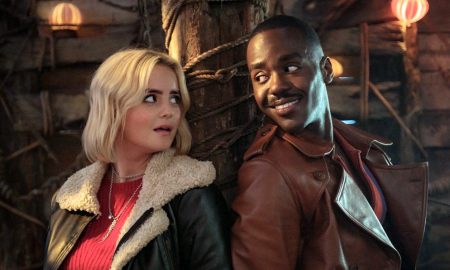
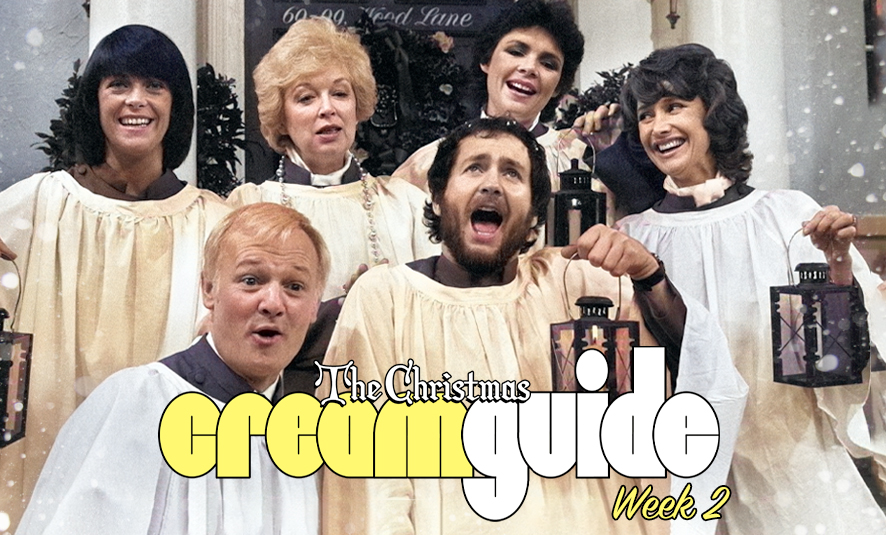
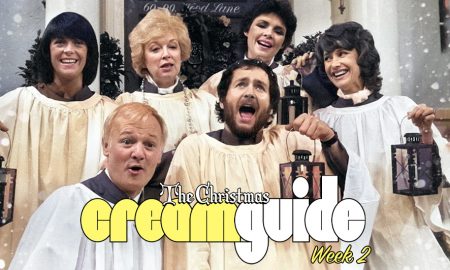
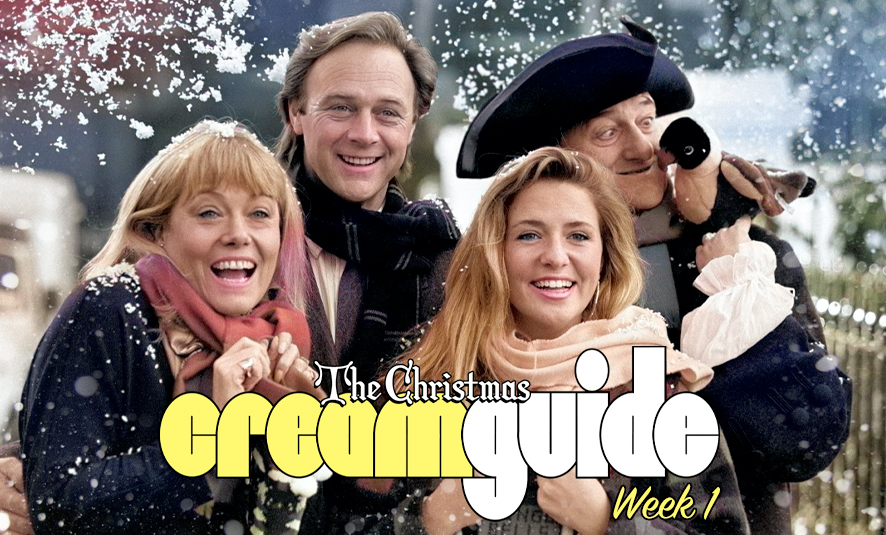
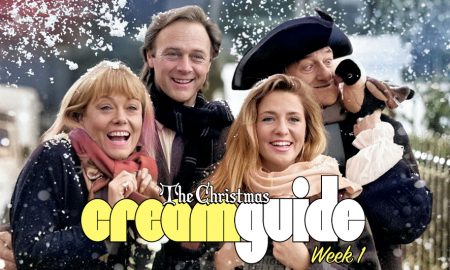
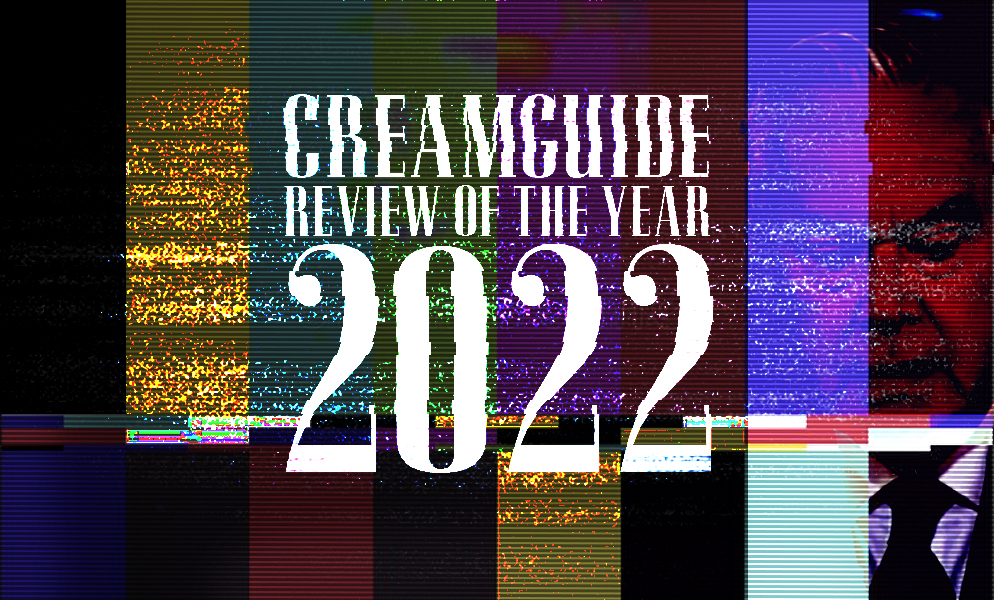
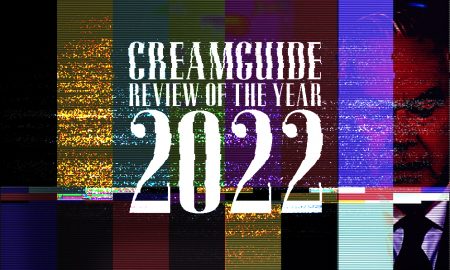

Johnny Mains
January 3, 2010 at 8:13 am
Just a small point of clarification, the Pan Horrors ended in 1989, not 1988. And good news, Pan are re-issuing the 1959 volume in October 2010. Anyone interested in reading a new anthology with stories exclusively from Pan Horror authors would do well to visit http://www.nooseandgibbetpublishing.com – the book also contains a 12k essay on Herbert van Thal.
Cheers,
Johnny
http://www.panbookofhorrorstories.co.uk
Paul
January 3, 2010 at 6:22 pm
Fantastic! These books remind me of summer holidays on the Isle of Wight when my older brother would always pack one in the suitcase for ‘light reading.’ There was almost guilty pleasure when I would make sure I wouldn’t be caught and read one myself. Some of those stories are still lodged somewhere in the dark recesses of my mind.
Jo Pacey
February 14, 2010 at 8:42 pm
I was very shocked by these books as I used to read them when I was about 12 (having convinced my mum they were kid’s ghost stories!) Some of them used to stay in my mind for weeks and fill me with horror when the light went out at night. I think my mind was permanently damaged by them. I still remember one called ‘Putz dies’ where this professor served up somebody’s eyeball to them concealed in a bowl of jelly.
Tom Ronson
February 21, 2022 at 2:25 am
The most horrible story in the entire run is The Clinic by Alex White, in which a teenage girl is considered too opinionated and independent by her parents, who send her off to the titular clinic where she is repeatedly raped, tortured and mutilated, before being returned to her parents (who are delighted with the results) as a mute, limbless lump of scarred and beaten flesh. My middle school library had all these books, plus copies of James Herbert’s The Rats and The Fog. Morally improving reading matter for nine-to-thirteen-year-olds.
THX 1139
March 13, 2022 at 2:25 pm
The Clinic was written by posh, ladylike actress Dulcie Gray, who dabbled in mystery thrillers and even more lightly dabbled in grisly horror fiction under a pseudonym (presumably so her fans wouldn’t be shocked).
George White
November 1, 2022 at 8:11 pm
Rod Serling’s Night Gallery was basically a Pan Book of Horror series – with many of the series’ stories coming from the books – hence the unlikely likes of Dulcie Gray, Martin ‘Otley/Owl Babies’ Waddell, Basil Copper, EC Tubb and Joan ‘Mortimer and Arabel’ Aiken getting their stories adapted for primetime US TV with big stars.
With many of the adaptations trying to create a British atmosphere in Universal’s backlot (Algernon Blackwood’s THe Doll probably is the most convincing with John Williams, Shani Wallis and Henry Silva in gravy browning, while Gray’s The Fur Brooch, adapted as A Feast of Blood has a wonderful turn from Norman Lloyd, though the casting of Sondra Locke as a Sloane is odd. Two episodes set in Wales have everyone do Oirish accents, even Scouser Barbara Steele and Brummie Alan Napier. While the Doll of Death, though set supposedly in the present (references to ‘the latest Harold Pinter play’) has a Caribbean still in thrall to the British, where everyone dresses like it’s the 40s.
Richardpd
November 1, 2022 at 10:48 pm
The Clinic sounds similar to Dennis Potter’s Brimstone and Treacle, which pulled even less punches than normal. The BBC refused to showing it, but it was made into a film in 1982.
While not as ubiquitous as The Twilight Zone, it’s been spoofed a few times by the likes of The Simpsons & Family Guy over the years.
The Night Gallery was a bit unlucky to click with audiences in the USA, getting cancelled after 3 seasons, in spite of the 3rd season being retooled into a single plays of 30 minutes, dropping the 1 hour with 2-3 plays.
A pre-Duel Steven Spielberg directed one episode.